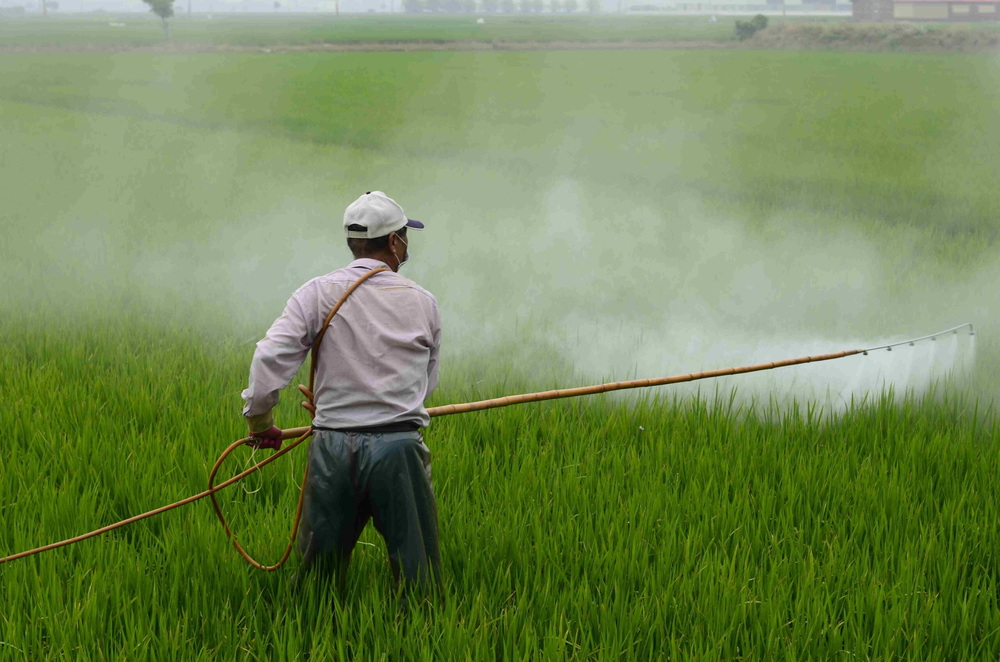In a startling revelation, a recent UC Davis study found that residents of California’s agricultural heartland, the San Joaquin Valley, are routinely breathing in a cocktail of pesticides, including some that are banned or have unknown health effects. The findings, published in the Journal of Exposure Science and Environmental Epidemiology, raise serious concerns about the long-term impact on public health, particularly for vulnerable populations like children.
Backpack Sensors Reveal Pesticide Exposure
To measure personal pesticide exposure, the UC Davis researchers recruited 31 adults and 11 children from small agricultural towns in the San Joaquin Valley. Participants wore special backpacks equipped with air-collection tubes for 1-3 days, going about their daily routines. The combined air sampling took place over a total of 92 days. Shockingly, the results showed that 22% of adults and one school-aged child had detectable levels of at least one pesticide in their breathable air.
Among the pesticides detected was chlorpyrifos, a neurotoxin insecticide banned in California from 2020 due to its harmful effects on children’s brain development. Its presence suggests potential non-compliance or illegal use. Other detected pesticides, like the fungicide penthiopyrad, lack toxicity studies in mammals, leaving their human health impacts largely unknown.
As Prof. Deborah H. Bennett, lead author of the study, emphasized, “Although the cohort in our study was small, the findings are significant because they show children and adults in agricultural regions of the San Joaquin Valley of California continue to be exposed to pesticides and herbicides.”
Children at Higher Risk
The detection of chlorpyrifos is particularly alarming given its well-documented neurodevelopmental toxicity in children. Exposure during critical stages of brain development can lead to reduced IQ, behavioral disorders, and learning disabilities. For the developing brains of young children, there may be no safe level of exposure to such neurotoxins.
As Jane Sellen from Californians for Pesticide Reform, a study co-author, pointed out, “Many people in agricultural communities are very concerned about pesticide exposure. They were happy to work with the scientists to collect this much needed data. Even with a small sample size, the results were alarming but not surprising.”
Similar Posts
Expanding Pesticide Monitoring
The study underscores the urgent need to expand pesticide monitoring in agricultural communities. Current air monitoring by state agencies fails to capture the full range of pesticides residents are breathing. Broader surveillance is critical to understanding the scope of the problem and guiding regulatory action to protect public health.
According to Prof. Bennett, “We need to expand community measuring and monitoring of chemicals routinely used in agriculture. New studies are also needed to evaluate the potential toxicity of the chemicals people in California’s agricultural communities are routinely exposed to.”
The Path Forward
These troubling findings should serve as a wake-up call for policymakers and regulators. While California has taken steps to ban certain harmful pesticides like chlorpyrifos, the study reveals that exposure continues. Stricter enforcement of existing regulations, increased buffer zones around schools and homes, and accelerated transition to safer, sustainable pest control methods are needed to safeguard community health.
Investing in research to better understand the health impacts of understudied pesticides and educating residents about exposure risks and prevention are also key. As Angel Garcia of Californians for Pesticide Reform noted, “This study underscores the prevalence of pesticide exposure in agricultural communities. It highlights the imperative for rigorous monitoring and regulatory action to safeguard public health.”
For the residents of California’s agricultural regions, breathing clean air should be a basic human right, not a gamble with their health. It’s time for decisive action to protect our communities from the invisible but insidious threat of pesticide exposure.


















